Crafting Compelling Brand Narratives: Harnessing Events and Trends in Online Video Content
In the crowded digital content landscape, it can take time to capture and retain the audience's attention. Brands are encouraged to continually feed the algorithm beast and produce current and relevant content. Within online video, there lies a golden opportunity: leveraging current events and trending topics to craft compelling narratives with video content.
Page 1
In the crowded digital content landscape, it can take time to capture and retain the audience's attention. Brands are encouraged to continually feed the algorithm beast and produce current and relevant content. Within online video, there lies a golden opportunity: leveraging current events and trending topics to craft compelling narratives with video content.
Events and trends serve as communication hubs for many industries, providing conversation for brands to share their narratives. Whether it's a global phenomenon like the Olympics or a viral social media challenge, these moments offer a unique opportunity for brands to insert themselves into the conversation.
But how can brands navigate this landscape authentically and effectively?
First and foremost, it's crucial to approach content creation with a genuine understanding of the audience's interests and values. Many consumers are drawn to brands that express authenticity and relevance in a world saturated with advertisements. The most important takeaway is to ensure that the content complements your brand. No matter the topic, genre, or creative direction, the video must speak to a target audience. Otherwise, the message can confuse your audience and dilute your brand.
By tapping into trending topics that resonate with their target demographic, brands can establish a genuine connection with their audience. Leveraging events and trends allows brands to inject a sense of timeliness and urgency into their messaging. Whether it's a limited-time offer tied to a seasonal event or a real-time response to breaking news, these tactics can create a sense of immediacy that compels consumers to engage with the content.
However, brands must tread carefully and avoid coming across as opportunistic or tone-deaf. In the age of social media scrutiny, missteps can quickly escalate into public relations nightmares. Therefore, it's imperative for brands to approach current events and trending topics with sensitivity and respect, taking the time to understand the nuances of the conversation before inserting themselves into it.
Furthermore, brands should strive to add value to the conversation rather than simply piggybacking on popular topics for visibility. Whether providing helpful information, sparking meaningful dialogue, or offering a unique perspective, brands can position themselves as thought leaders and trusted sources of information within their respective industries. Below are some examples that can spark some ideas on how to make this strategy work for your brand.
Leverage X (Twitter) or Threads
One of the easiest ways to spot trending topics is to visit the X and Threads homepages.
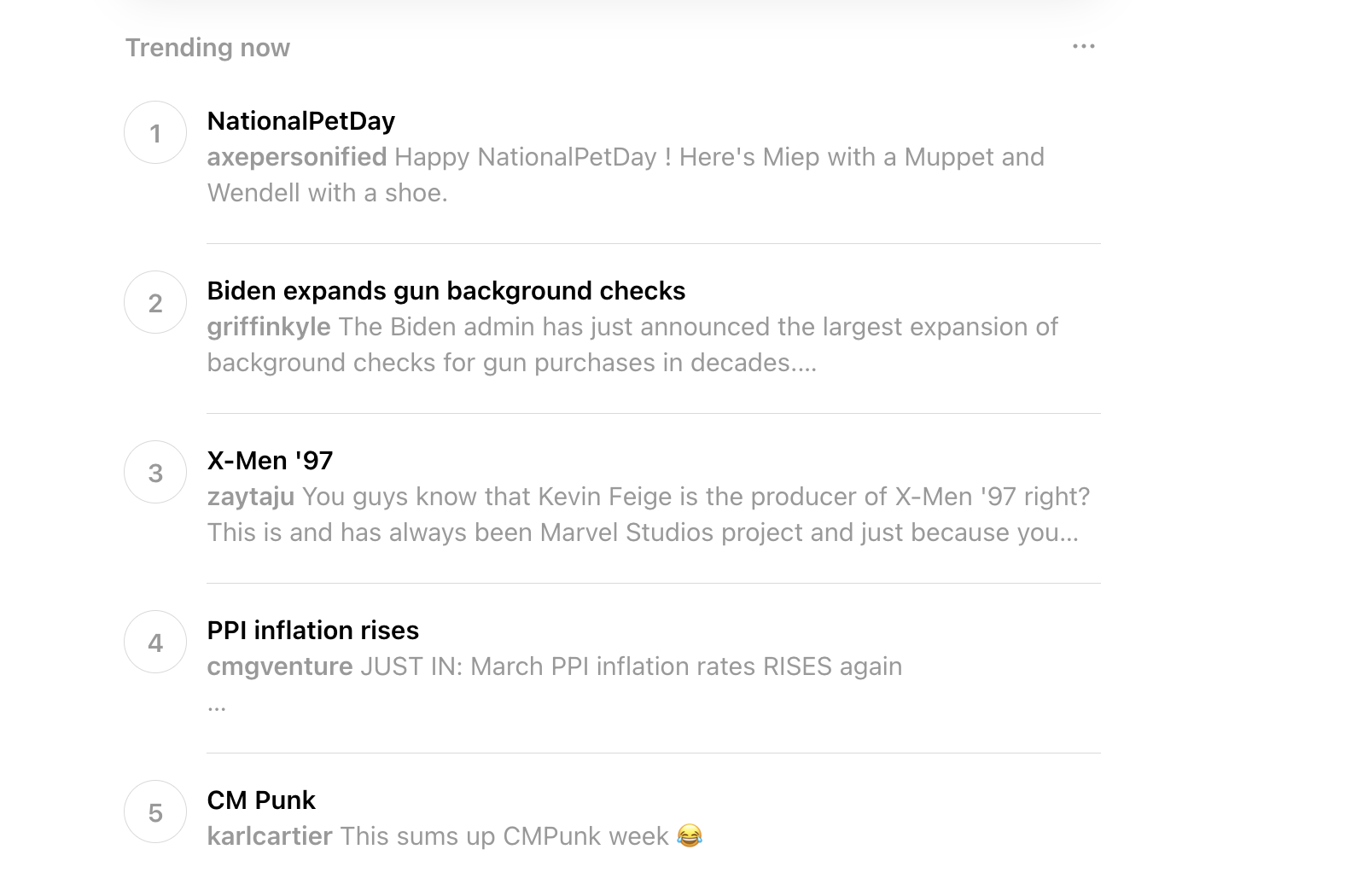
With more than 400 million active users beteween the platforms, X and Threads feature a list of trending topics worldwide. These topics can change daily and often correspond directly with news-related events.
Marketers can use any relatable topics and leverage them for their videos. Using the hashtag for the topic is a powerful way to attract more eyeballs to your video and capitalize on the buzz.
The Sesame Street YouTube channel offers several excellent examples of trending topics in their online videos. Sesame Street uses other trending television shows to create content with their own spin for their YouTube channel. One example is when they published this homage to Friends with their Father's Day version parody.

This video is an excellent example of using a trending topic and playing off an event (Father’s Day) to produce a timely video that can garner attention.
While the show's primary audience is children, they realize that parents are often watching with their kids. By playing off popular shows made for adults, Sesame Street knows parents and young adult audiences will enjoy the same content as their kids.
The short-lived video generated more than half a million views, but more impressively, it has thousands of likes and strong engagement.
Use Holidays
Holidays occur often throughout the year. Rather than overlooking these days, marketers can use them as topics for their videos. The examples below from Mashable and Disney demonstrate this in a significant way.
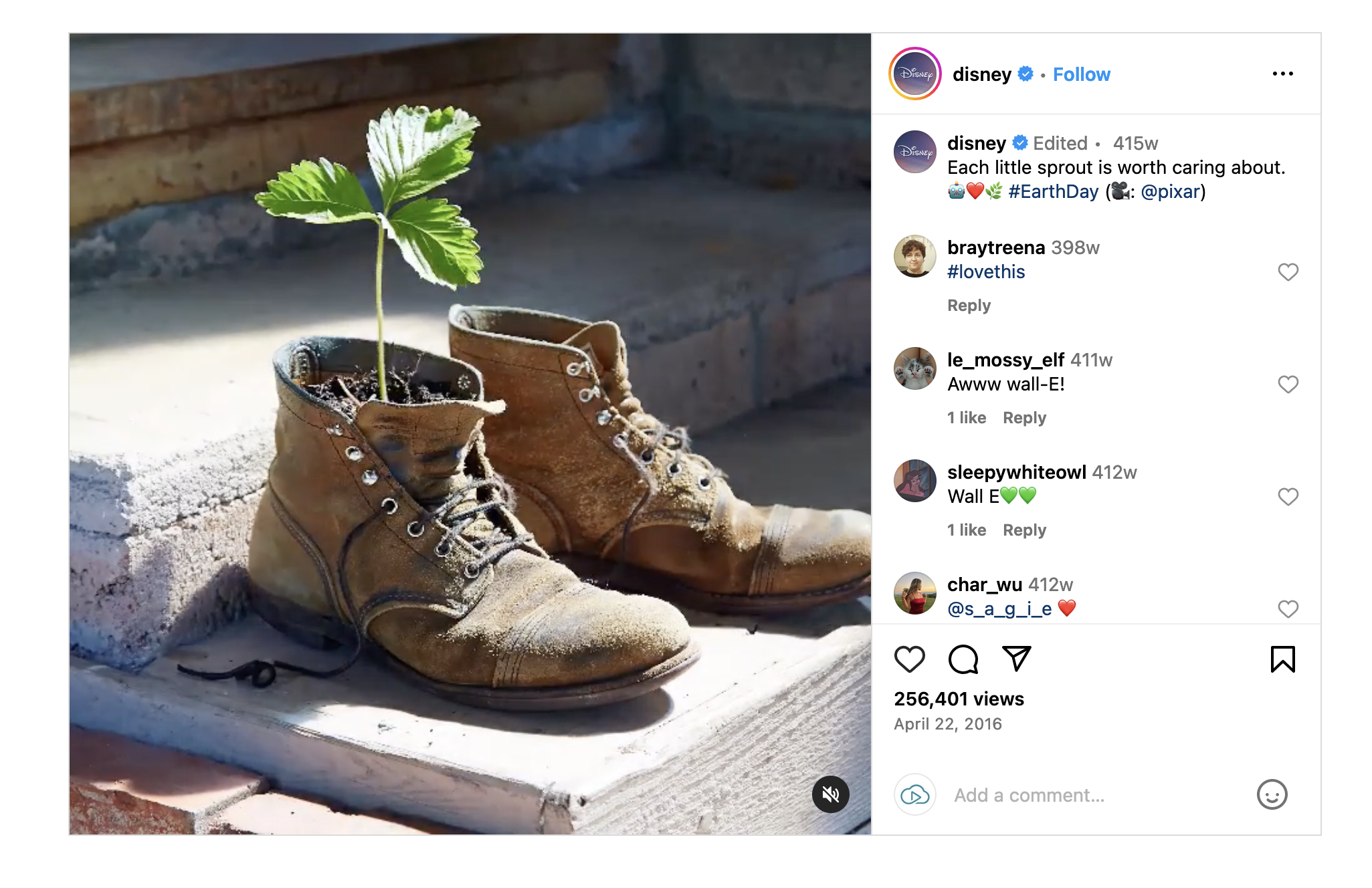
Mashable produced this video and released it on Earth Day. It's a clever marketing strategy, as people socialize about holidays in everyday conversations.
Disney also used the Earth Day hashtag in their video caption to help reach that audience. The video was produced with a holiday topic that showcased both brand's sustainability efforts. Think about how a holiday makes sense for your industry.
Harness Tech Topics
Technology constantly evolves, and many people enjoy keeping up with technological advancements. We are a tech-driven society with smartphones, Wi-Fi everywhere, and mobile devices. Knowing this, focusing on technology-driven topics within your videos can be easily achieved across many industries.
One of the latest trends in tech and everywhere is AI (Artificial Intelligence). At the time of this article's release, some pioneers below dove into producing AI-related videos.
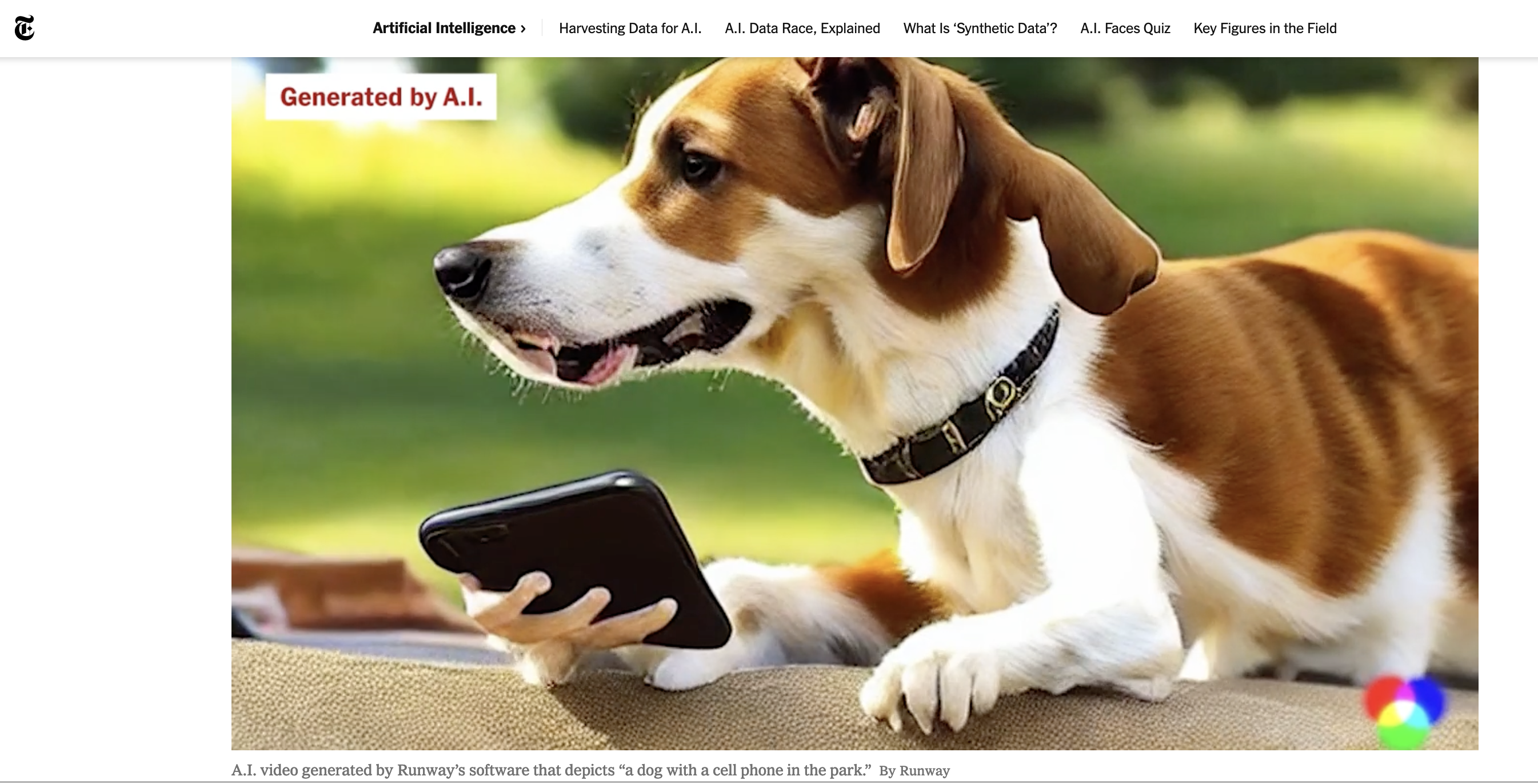
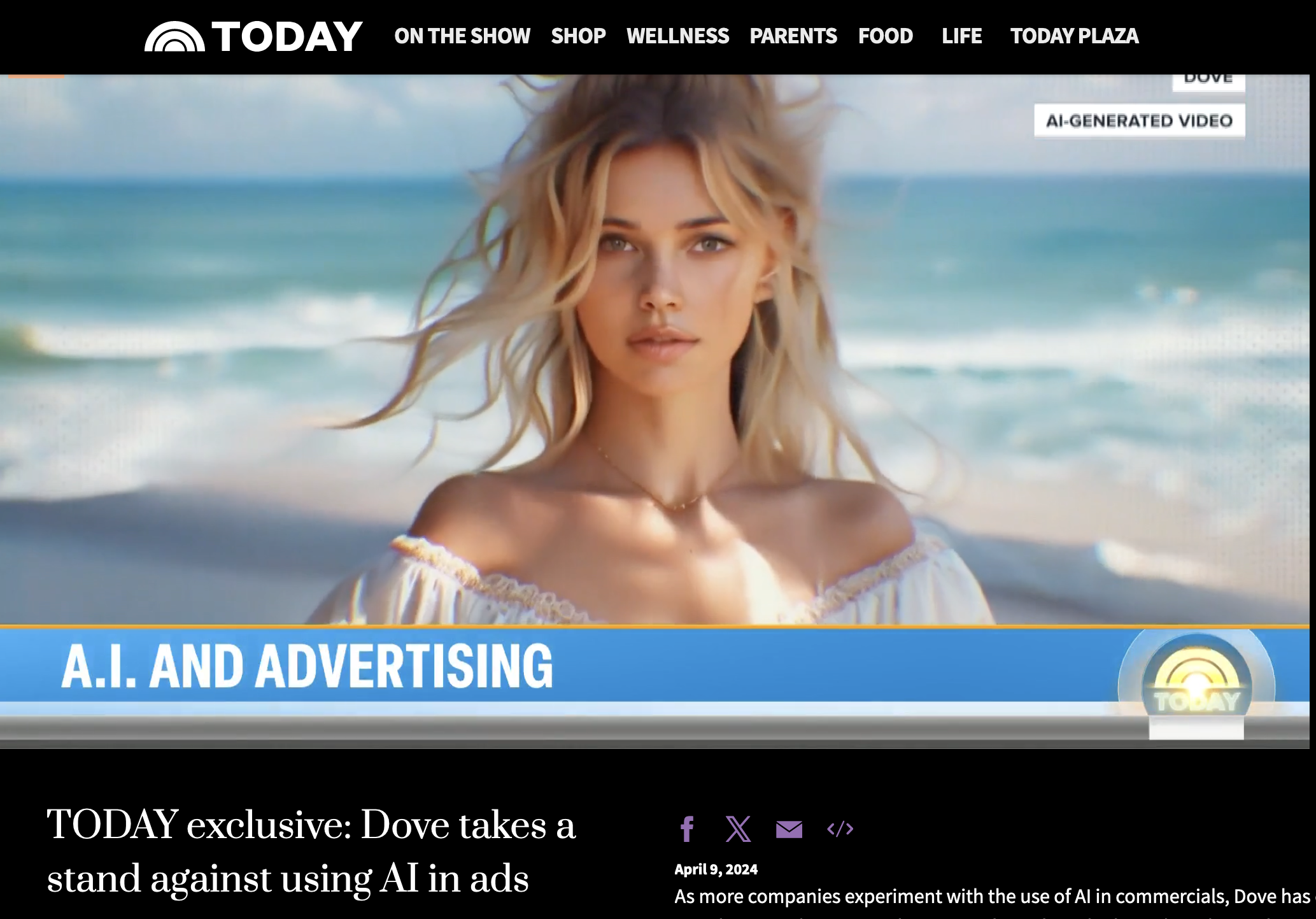
These publishers are reaping the rewards, knowing that AI is a popular topic discussed across several platforms. They’re carving out their stake before the competition and gaining access to audiences interested in this topic.
There are other ways to utilize tech topics for your video content. Does your company have industry experts who can offer value or opinions on the subjects? Online audiences love to hear from legitimate experts who can provide reviews, testimonials, and other information to help them along the buying process and content journey. This research holds especially true when deciding to buy technology items.
Here's an example from famous YouTuber Man from Earth, who used FPV (First person-view) drones as the topic for a recent YouTube video.
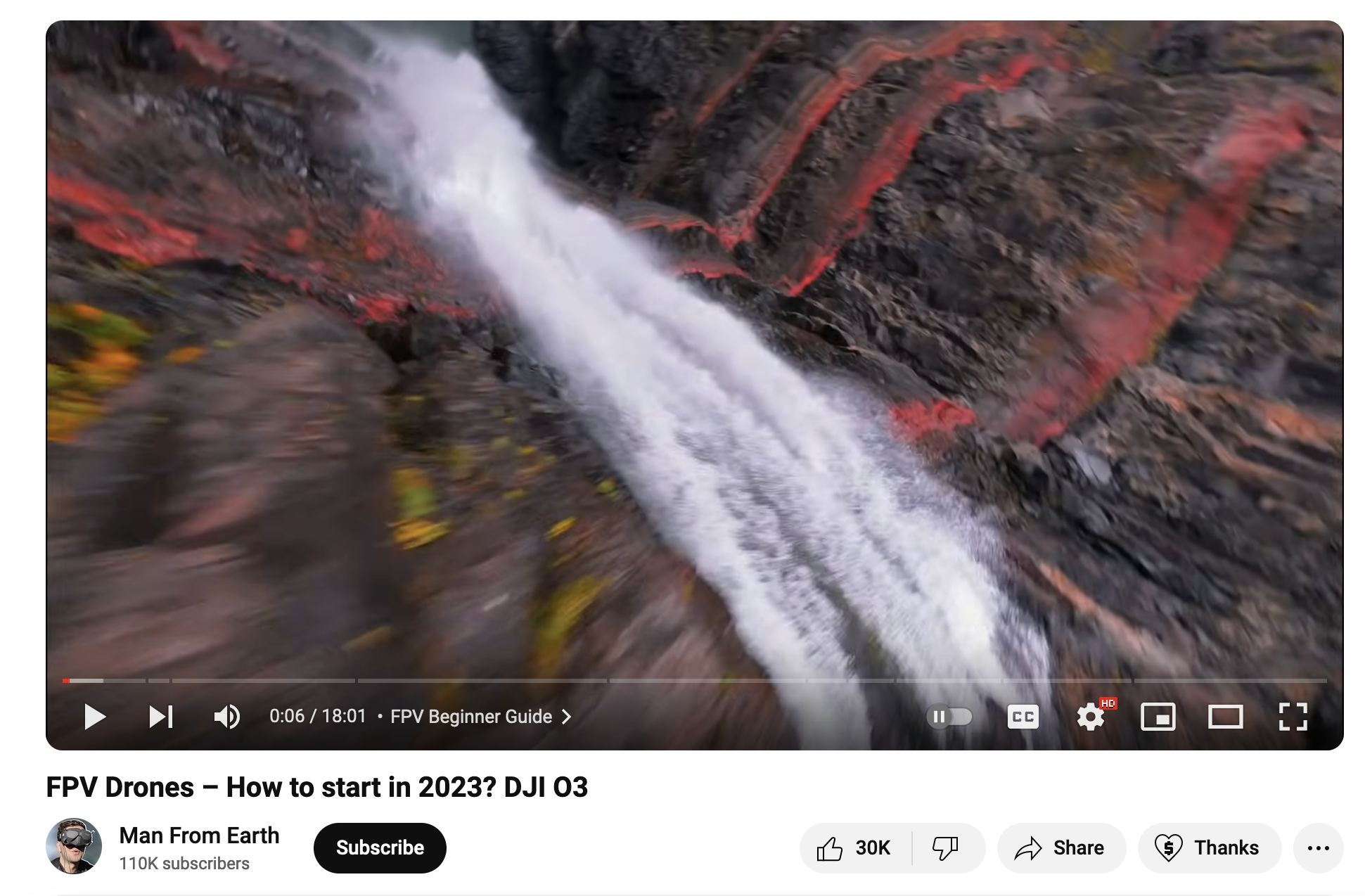
While Man from Earth is not directly selling drones, he does use them and can offer expert knowledge on this subject matter. Knowing that drones are a hot topic in the news, this subject matter was a perfect example of how to use a tech-driven topic for a video.
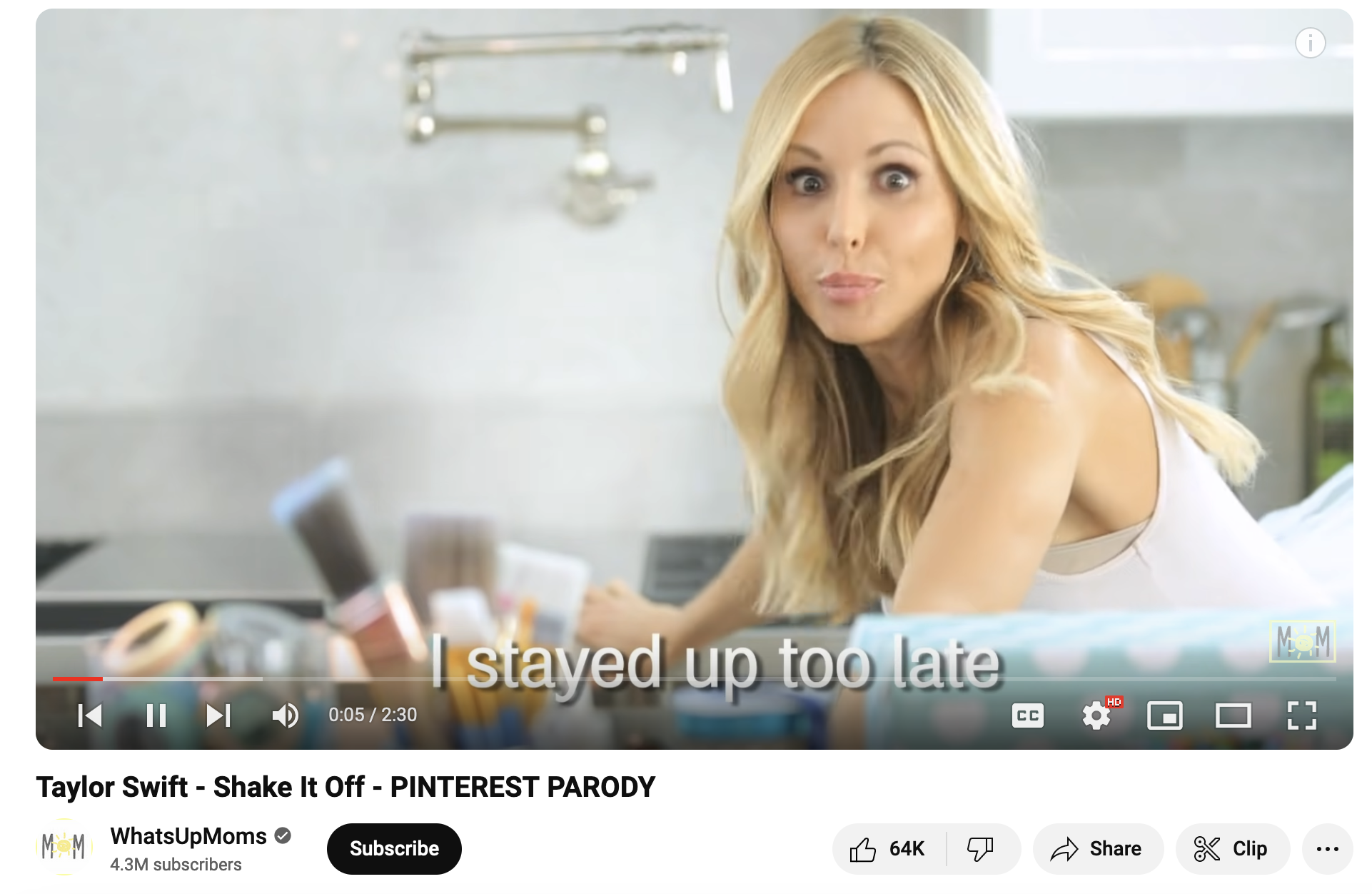
Create a Music Parody
Another recurring topic and event is the release of music videos. Musicians are releasing new videos all of the time and if you have an agile marketing team, you can parody them. Keeping in mind that each video and campaign has a goal, you shouldn't create parodies just to be funny.
The video marketing team at What's Up Moms understands this concept. While they've published several music parodies, they're careful that the genre and tone always complement their brand.
They were one of many video publishers to parody Taylor Swift’s “Shake It Off”.
However, they tied their parody to Pinterest, a platform that their brand and primary audience actively use. While anyone could watch the video and laugh, the biggest win came when their target audience experienced a cross-platform piece of content that went viral in their genre.
If a music parody is suitable for your strategy, check out this page on YouTube, which explains the fair-use guidelines.
Local Events
Using events and topics to drive your online video creation doesn’t mean you have to be as big scale as using what’s trending on social media. Consider looking at local events or niche industry tradeshows that have something to do with your market. Identifying your target audience and knowing where they are can help make your campaign successful.
It’s important to realize that some of these examples may not work for your brand, but getting creative and approaching your videos with a fresh direction can add some variety to your content. These ideas are also excellent for creators establishing publishing calendars, as they know when holidays and events occur well ahead of time.
Incorporating events and trends into online video content requires an agile and adaptive approach. With digital media's ever-evolving nature, brands must stay attuned and be prepared to pivot their strategies accordingly.
Harnessing events and trending topics offers brands a powerful vehicle for storytelling and audience engagement in the digital age. By aligning their messaging with the pulse of the moment and approaching content creation with authenticity and relevance, brands can create deeper connections with their audience and carve out a meaningful presence in the crowded online landscape.
Page 1
Related Articles
In a world where digital landscapes are overflowing with content, carving out your niche in the online video ecosystem can seem like navigating a maze. As someone deeply invested in creating purposeful and original content, I've come to appreciate the art of crafting niche online videos. Let's delve into this topic by exploring the best practices that set you apart and foster genuine connections with your audience.
Mastering the Know, Like, and Trust model for brand videos on Vimeo requires a strategic approach that prioritizes authenticity, engagement, and credibility. Following these key strategies, you can create compelling videos that captivate attention, foster audience connection, and establish trust with your brand.
Vimeo offers a wealth of monetization opportunities for creators looking to turn their passion into profit. From direct sales and subscriptions to advertising and supplementary revenue streams, Vimeo provides the infrastructure and tools to empower creators to build a sustainable video business model on their own terms.
By now, most marketers understand the importance of online video to successful content strategy. Yet, many brands creating online videos may not see the results they expected. So how do you troubleshoot your next campaign? Here are the five most common issues our agency sees working with video publishers.
Video viewers spend plenty of time watching online videos and are hungry for more content in every part of the conversion process. Here are three ways to target specific audiences by creating niche content.